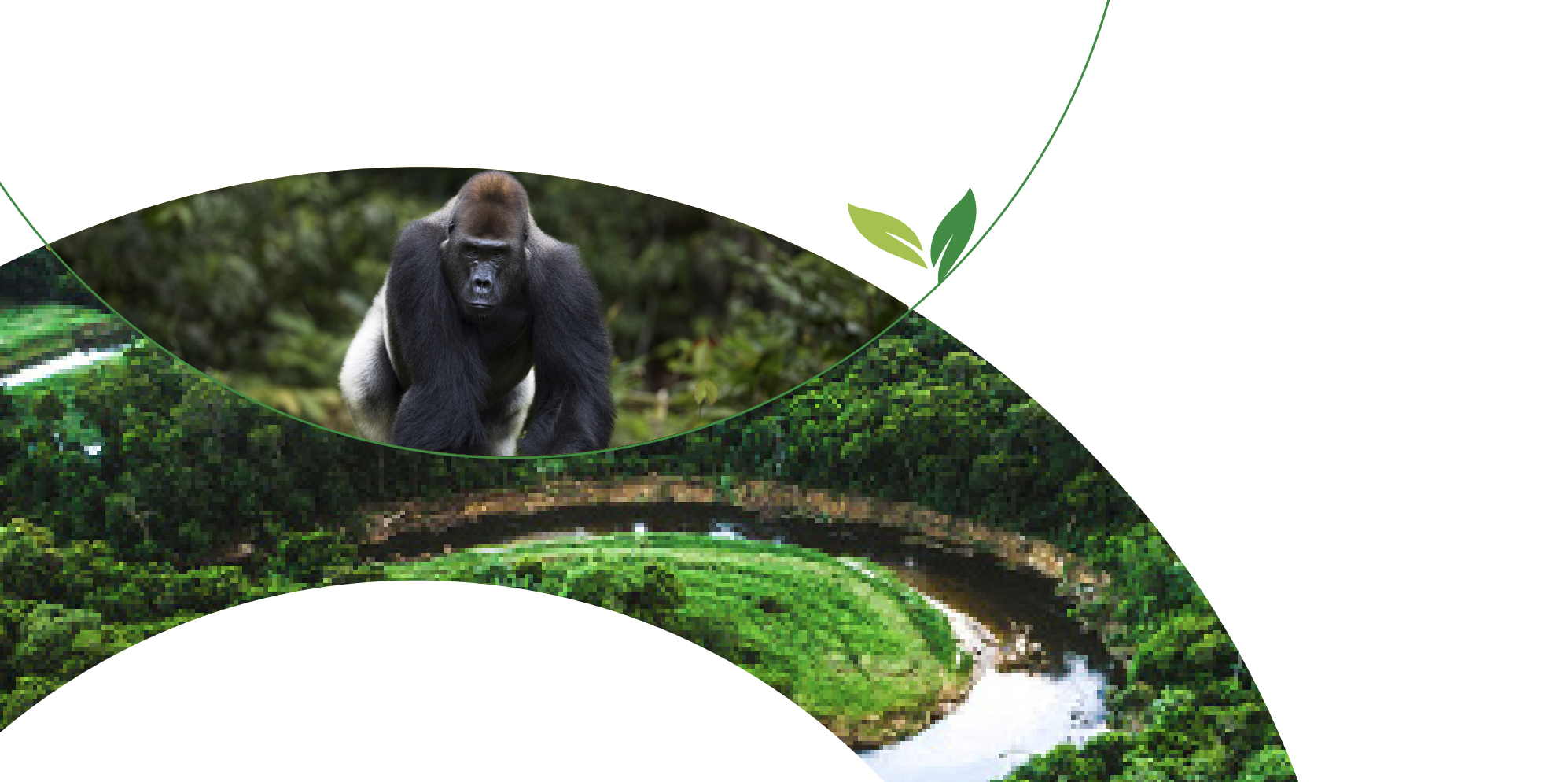Well-designed and effectively managed protected areas can be a key component of strategies to address the breakdown of ecosystem services in drylands. Environmental degradation has led to food and water insecurity, dust storms, and desertification. Protected areas allow maintenance and where necessary restoration of natural vegetation regimes, thus reducing erosion, reviving aquifers, and maintaining sustainable livelihoods for local communities. Protected areas in drylands embrace a full range of management approaches, from strict protection to ‘protected landscapes’ where conservation is integrated with traditional lifestyles; a certain amount of grazing is often beneficial to vegetation management for instance. They vary from government-run national parks to ancient examples of community conserved areas, such as the hima of the Arabian Peninsula, which are closely linked to Islam and are currently being revived. A detailed review of options is presented, with numerous examples from dryland regions of the world, along with a typology of ecosystem services maintained. Implementation of the Convention on Biological Diversity’s Programme of Work on Protected Areas and the establishment of effectively protected area networks in drylands would address many of the challenges identified by the UN Convention to Combat Desertification. But this implies new attitudes to protected areas, involving greater willingness to consider community-led approaches and different and more diverse governance structures, alongside government efforts.
The role of protected areas in supplying ten critical ecosystem services in drylands: A review
Year: 2014
































































































































































































































































































































































































































































































































































































































































































































































































































































































































































































































